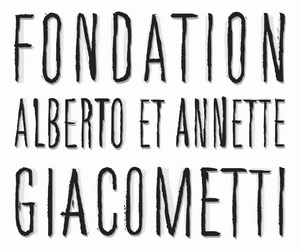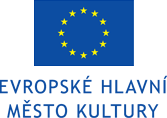A trial of dealers and art forgers in Pilsen
March 20, 2014
Three and half years after the police intervention and several delays in a trial against dealers and art forgers, on March 19th, 2014 finally began the main trial at the regional court in Pilsen. After the speech for the prosecution it would seem that the Pilsner region was a centre of a world-wide illicit trade with works of world renowned painters. Names like Picasso, Klée, Kandinsky, Chagall, Malewicz and Schiele were mentioned many times. The major part of the paintings and drawings of an unknown origin was thought to be bought by the accused in 1993 for 50 000 marks. After 2004 they began selling those paintings. An interesting role played Jiří V. Kotas in this case (a candidate for the Czech president in 1992). Together with the accused Šimon he searched buyers. Kotas was arrested by the local police in 2009 in Ostrava, but later disappeared abroad. It will be also interesting to follow how the judge will evaluate the role of the accused Sýkorová who should have painted different variations of world renowned paintings for Kovářík. One more name is also often mentioned in the accusation. It is Jiří Dvorský, paintings appraising expert. Some time ago he has showed his 'professional skills' in one TV show. This 'expert' stated, that a signature ‚Picasso' on a painting is enough to evaluate such a painting as a Picasso's original and appraise it according to this. He did thousands of expertises this way.
This is the first trial after a long time, which is solving the problematic of selling forgeries. We will follow its progression hoping that it will have a positive feed-back to the society, particularly to artistic, collector and investment groups.
Forged pieces of Jan Zrzavý
January 29, 2014
In 'Fogeries in Czech Republic - actual list' file you can find the list of paintings, which were secured in the Trojan horse case. Some of the known fakes of Jan Zrzavý were later returned to the original owners. Although we trust, that these owners will not let paintings back into circulation, we publish their photos anyway. And I recommend to all interested in works of Jan Zrzavý to have a close look on the list in the above mentioned file. Surely there are better options to spend money on, and better quality images in the collection.









